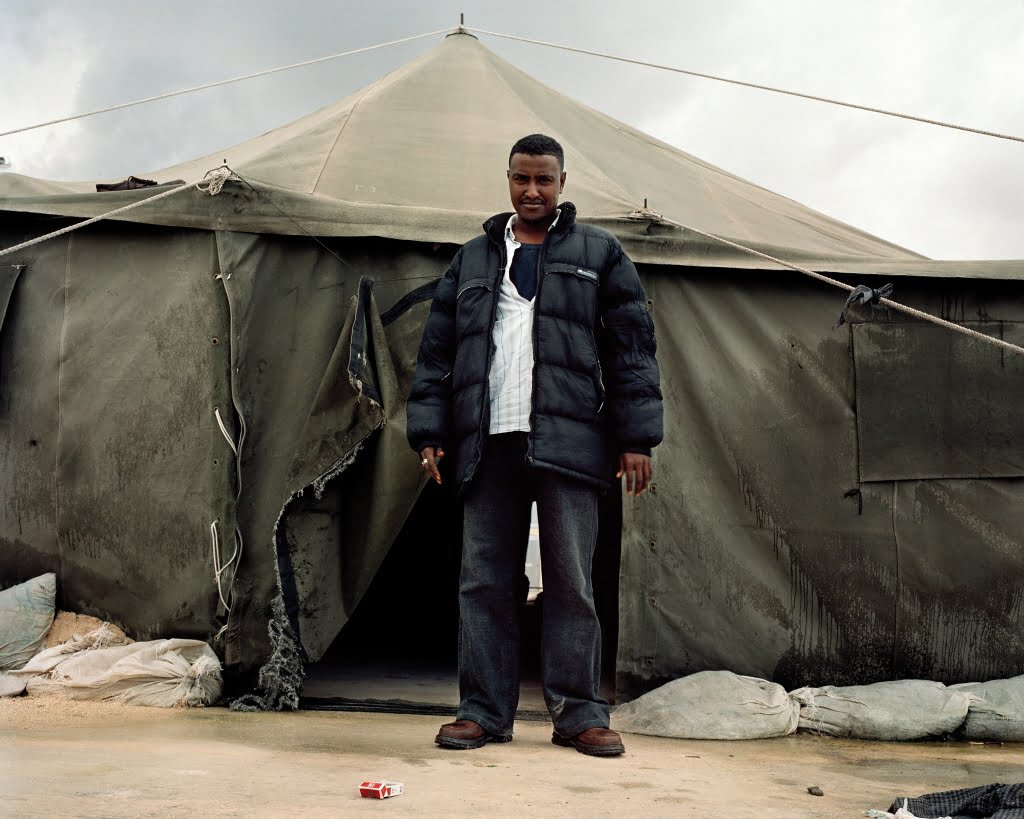The dramatic deaths of hundreds of individuals, drowned in the Mediterranean, over the course of the last week, have shaken up global consciousness about the plight of asylum-seekers and migrants. These types of tragedies, unfortunately, occur often, and have been occurring for many years, as these images, on the shores of Spanish and Italian beaches, show. As the EU Observer noted last year, “the plight of migrants only grabs the media spotlight intermittently. It usually takes a disaster involving death in large numbers to drag this story into the public eye, although in fact it is a story that never ends.” What’s changed is the response of countries bordering the northern Mediterranean, and EU policy towards its external borders.
Not surprisingly, while some citizens of European nations are concerned by the dramatic deaths at their doorstep, overwhelmingly, there is little support for humane and compassionate border control policies. Instead, consistent with the slide towards the right taking place in many European countries, policies towards migrants and asylum-seekers have become tougher and more restrictive.
In the UK, public opinion analysis suggests that immigration is perceived as a problem to be resolved. For instance, a large majority of respondents – over 75% – said that they support immigration being reduced in the UK (55% said it should be “reduced a lot”). Similar attitudes are found in France, where public opinion is increasingly anti-immigrant. In 2006, 40% of French respondents said they felt their country “did more” for immigrants than for them; today, the number has jumped to 68%. Politicians, therefore, are responding accordingly, by supporting policies – whether national or at the EU level – which “deter” undocumented migrants from attempting to enter Europe.
In the aftermath of another tragedy which took hundreds of lives in October 2013, Italian authorities launched their own operation – Mare Nostrum – to improve the humanitarian response and help avoid unnecessary deaths at sea. In its one year of operation, between October 2013 and October 2014, Mare Nostrum rescued over 150,000 migrants. But not only: it also helped bring 330 smugglers to justice, and seize five smuggling so-called mother ships. But, the program, costing Italy €10 million per month, was scrapped last year when the EU, instead of expanding the Italian program, decided to fund another program, Triton, to the tune of €2.4 million per month.
The new program, which falls under the aegis of the European border agency, Frontex, is a significant scale-back from Mare Nostrum – it does not include a search and rescue component, as its predecessor did. Even so, when the program was launched, the UK refused to contribute funding to it. The British Foreign Office minister, Lady Anelay, said at the time: “We do not support planned search and rescue operations in the Mediterranean,” adding that the government believed there was “an unintended ‘pull factor’, encouraging more migrants to attempt the dangerous sea crossing and thereby leading to more tragic and unnecessary deaths”.
As the world watches on as EU countries struggle to address the crisis on their doorstep, the UN Secretary-General reminded us that these deadly migration patterns are primarily a symptom of protracted conflict and poverty – conditions which force people to undertake the dangerous journey to Europe. In a statement, Ban Ki Moon said
“The challenge concerns not only improved rescue at sea and access to protection. It is how to ensure the right to asylum of the growing number of people worldwide fleeing war who need refuge and safe haven. Their journeys are fraught with risks including discrimination, violence and exploitation, and they urgently need our protection during their hour of greatest need.”
Given the reality of modern geopolitics, and how millions of people are left to despair in abject situations, it is unlikely that the flow of people to the EU will be quelled any time soon. Instead of closing the – porous – door to the European Union, and pushing people into illegality, perhaps the European Union should consider policies to protect and support refugees. Late last year, UN Dispatch reported that millions of Syrian refugees were at risk, while very few resettlement spots are being made available in Europe or North America. The UN estimated in early 2015 that over 300,000 Syrian refugees were in a situation of extreme vulnerability – and the EU responded by making 34,000 resettlement spots available. The ongoing tragedy in the Mediterranean will fade out of the spotlight – but sadly it will continue unabated until the challenge is addressed comprehensively.
Photo information: The image featured in this post comes from a series of photos that the author, Penelope Starr, had a chance to curate for an exhibit in Paris, France, in 2007. The photos were taken by French photographer Pierre Le Tulzo, who traveled to Malta to document the lives of the “lucky” ones who make it to shore. In Malta, they often languish for months or even years, while they await their destiny. There are no jobs, no opportunities – their lives are on hold. We invite you to look at the whole photo series on the photographer’s website: http://www.pierreletulzo.fr/fr/travaux.html
